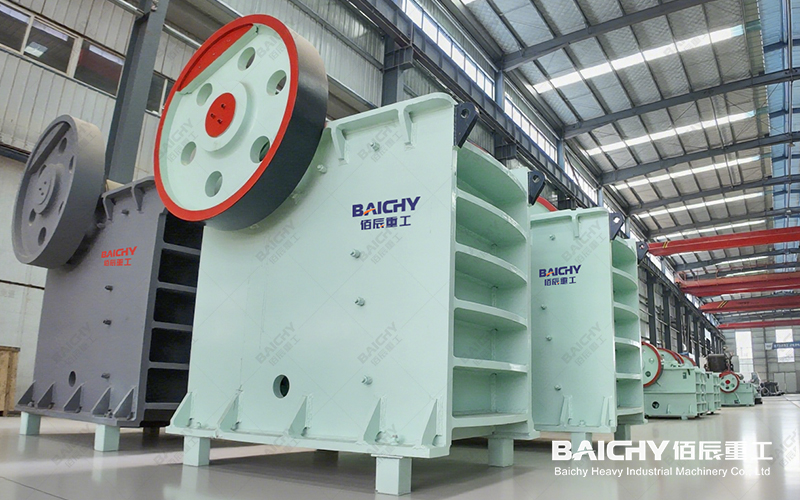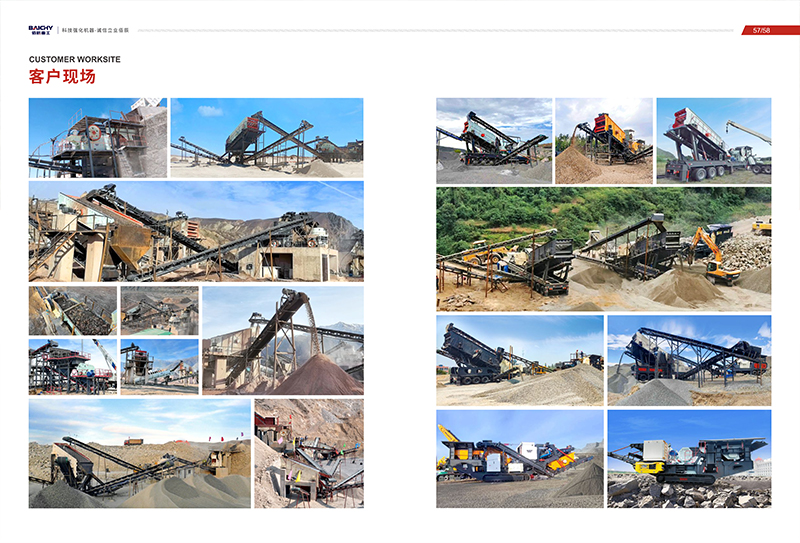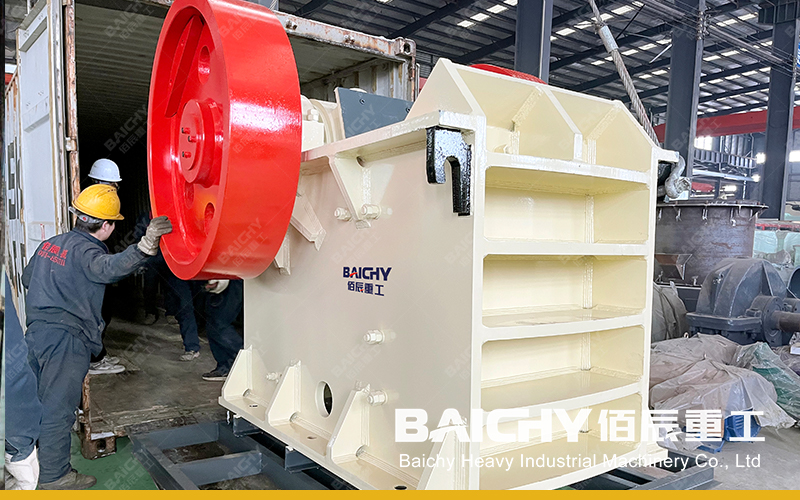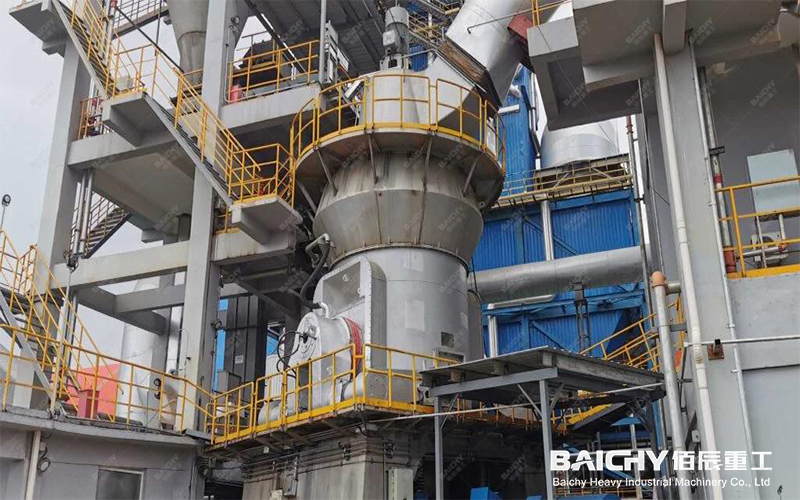
Introduction: A Common Misconception in Equipment Selection
"Since both are used for grinding, can a cheaper machine replace the more expensive one?" This is a very real question in the powder processing field.
• Vertical roller mills (vertical mills) are known for their huge capacity and extremely low energy consumption, but they have a high investment threshold.
• Raymond mills, on the other hand, are widely used due to their flexibility, lower investment costs, and mature technology.
So, can Raymond mills replace vertical roller mills? The direct answer is: in specific scenarios, yes, but as a general technological replacement, the answer is no. Their relationship is more like that of a "car" and a "heavy truck," each having its irreplaceable main battleground.
I. Irreplaceability: Where is the "moat" of vertical roller mills?
In large-scale, intensive modern industrial production, the position of vertical mills is currently difficult to shake, mainly based on their three core advantages:
1. Energy Consumption Advantage (Core Advantage): Vertical mills adopt the material bed crushing principle, resulting in extremely high energy utilization. When grinding materials such as cement raw materials and slag, their power consumption is typically 20%-30% lower than that of traditional Raymond mills.
2. Powerful Drying Capacity: Vertical roller mills can directly introduce large amounts of high-temperature gas, efficiently drying materials while grinding. This is essential for processing high-moisture materials (such as slag and coal with a moisture content of 15%-20%). Raymond mills have limited drying capacity and are ill-suited for this task.
3. Scale Effects in Large-Scale Production: Vertical roller mills have a huge single-unit capacity, making them ideal for modern, large-scale, continuous production lines. Their stable operation and high degree of automation form the cornerstone of intensive production.
Conclusion: If your project involves a large cement plant, slag powder production line, or large power plant desulfurization and pulverization, and you are pursuing the ultimate energy cost and scale effect, then a vertical roller mill is the only irreplaceable choice.
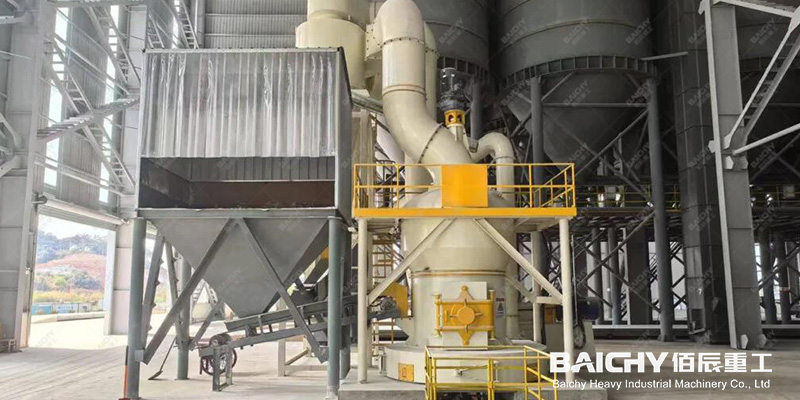
II. Advantageous Areas: When and where is the Raymond mill the "better solution"?
Despite the clear advantages of vertical mills, Raymond mills are by no means outdated. In fact, they are a more economical and reasonable choice than vertical mills in the following scenarios:
1. Small to Medium Capacity and Flexible Production: If your production capacity requirements are not large, or you need to frequently change the types of materials to be ground, the advantages of Raymond mills—low investment, flexible layout, and simple operation—become apparent. Vertical mill systems are complex, and using a large mill for a small task is extremely uneconomical.
2. High Product Fineness Requirements: When the target fineness of the product is above 600 mesh (20μm), or even reaches the micron level, Raymond mills, by adjusting the analyzer speed to obtain fine powder, are often superior to vertical mills in terms of efficiency and economy.
3. Limited Investment Budget: For small and medium-sized enterprises and startups, the high initial investment of vertical mills can be an insurmountable obstacle. Raymond mills provide a reliable grinding solution at a lower cost, making them a "hero" in helping projects get started. Conclusion: In small- to medium-scale industries with high fine powder requirements, budget sensitivity, and perse materials, such as non-metallic mineral processing, chemical raw materials, and small to medium-sized building materials plants, Raymond mills are not only an alternative but also a superior solution.
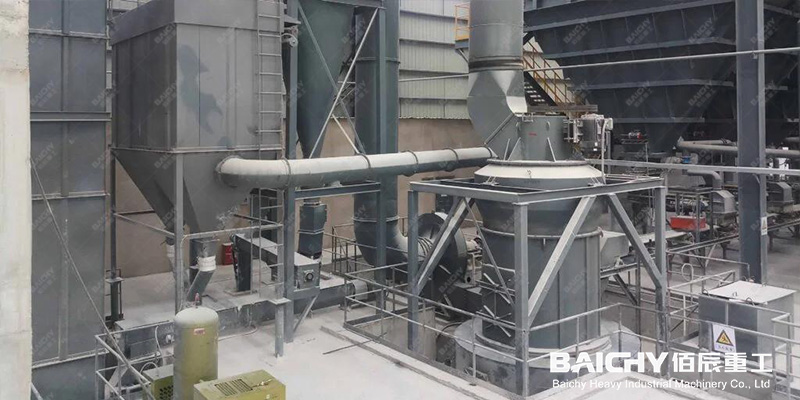
III. Alternative Decision Flowchart: A Diagram to Help You Make Your Judgment
You can follow the following decision logic to make your judgment:
1. Choosing a Vertical Roller Mill:
• Large production capacity (e.g., hundreds of thousands or millions of tons per year).
• High material moisture content (requiring simultaneous drying).
2. Situations where Raymond mills are the inevitable choice:
When the above conditions are not met and the investment budget is very tight, Raymond mills are the most economical choice.
Situations requiring further testing or negotiation:
• When product fineness requirements are very high: The diagram suggests "testing for optimal selection," which usually means that when pursuing high fineness (e.g., exceeding 600 mesh), Raymond mills may be more advantageous technically and economically, but final confirmation through testing is necessary.
• When none of the above applies, but the budget is not tight: the process-oriented approach of "needs to follow up and discuss specific pricing" indicates that multiple possibilities exist, requiring a comprehensive evaluation based on specific quotes and solution details (such as energy consumption, maintenance costs, etc.).
In summary: Vertical roller mills dominate large-scale, high-moisture industrial production, while Raymond mills are advantageous in small- to medium-scale projects with limited budgets and non-extreme operating conditions. For special needs such as high fineness, case-by-case analysis is required.
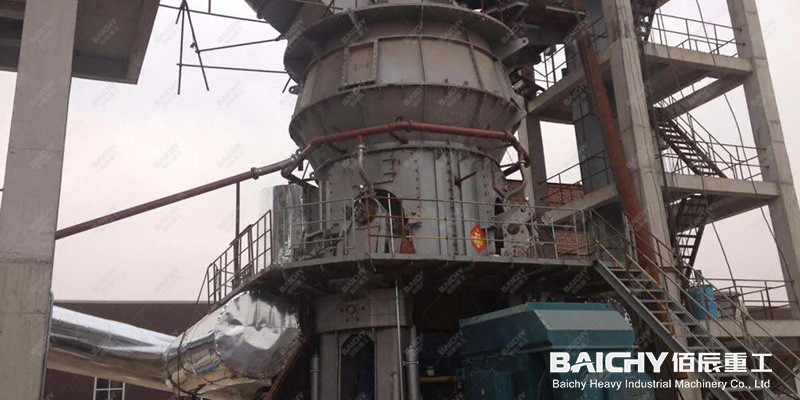
IV. Conclusion: Not a "substitution" relationship, but rather "complementarity" and "evolution"
Returning to the initial question: Can Raymond mills replace vertical roller mills?
• For the markets dominated by vertical mills (large-scale, high moisture, energy-sensitive), Raymond mills cannot replace them. This is determined by technical and economic laws.
• For the markets where Raymond mills excel (small- to medium-scale, high fineness, flexible production), it is not only a feasible alternative but also a more cost-effective preferred option.
Therefore, a more accurate statement is: Raymond mills and vertical roller mills are two coexisting and complementary pillars of modern grinding technology. They serve different market segments and customer needs. The core of technology selection lies in accurately positioning your project's capacity, material characteristics, product detail, and investment budget to make the most economical and reasonable decision.
We hope this article can help you see through the fog and find the right technology path for your project. If you have specific project parameters, please contact us for more targeted selection advice.




